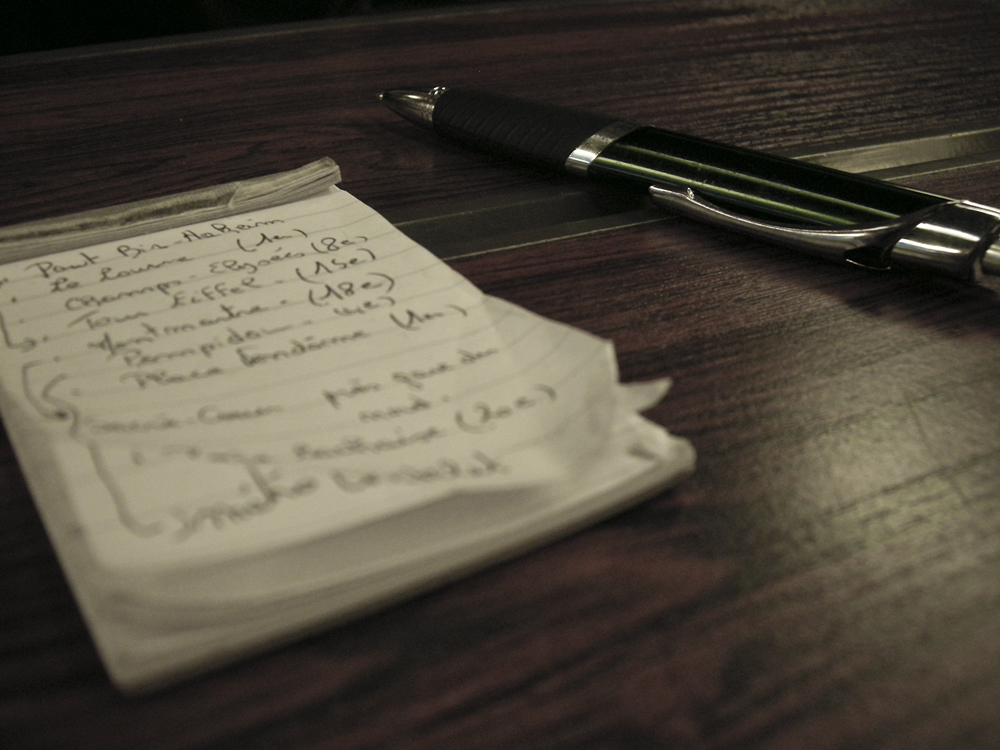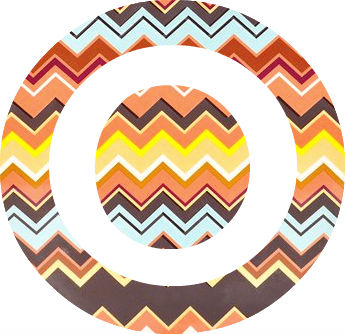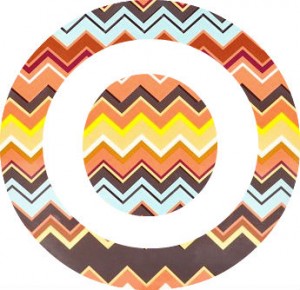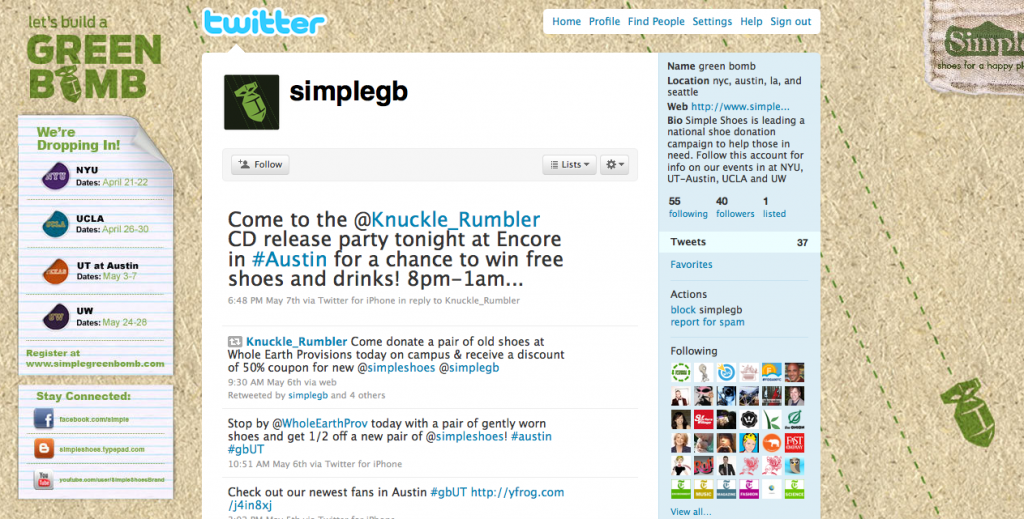
Lessons for Public Relations People
I confess. I have only caught snippets of AMC’s new show, “The Pitch,” a reality show where two advertising agencies compete for business within a one-week window. For my weekly entertainment, I’d rather enjoy the mock-pitches dreamed up by the writers of “Mad Men.” As a creative PR and social media agency, “The Pitch” cuts too close to the bone. I’m afraid my heart would race in empathy with the competitors throughout each episode.
The one snippet I did manage to catch was the end of the Subway pitch episode. I heard what I assumed to be the head creative guy bid farewell to the potential client by saying, “We had a blast working on this.” The potential client gamely replied (I’m paraphrasing) “We’re glad you had fun.”
I knew that agency was doomed. I was right.
So, after I watched all of this week’s addictive “Mad Men” content on amctv.com, curiosity got to me and I clicked on a segment featuring the CMO of Subway explaining “Why they won.”
What I learned from the two-minute web video was something that I thought I already knew but is worth keeping in mind, for those of us who spend a lot of time pitching. Even though the brand may ask for a big idea (they always ask for a big idea, right?) what they really want is a big relationship with you. They want to like your agency (consultancy, freelance singleton) a lot – and they need to like your really good idea enough that they can see its potential.
At the end of the pitch, it’s not necessarily the idea that will win you the business. A brand wants to buy your story about them — the way you tell it demonstrates your potential as a business partner.
How to do that? Start by showing how much you understand them. Their business, their competitors, their customers, their pain points. Then, before even sharing your idea, use your insights to take them to a place that they haven’t been before, but that still feels familiar to them. Color too far outside the lines and you risk them thinking that you don’t “get” them.
During the pitch, they don’t know you, so be explicit. Explain how you figured things out. Preferably, you did more than web research and got out and talked to people for insight. Share what you’ve learned.
Save those big ideas for last. You’ve got a seat at their table, so they already know about your good work. Now that they’re meeting you when you’re supposed to be at your best, they’ll also think that you’re smart. And because you’ve laid the groundwork, the insights will ensure that your big creative idea will be good and maybe even great.
Then, at the end of the hour, thank them for giving you the opportunity to think about their brand. Not because it was a blast for you, but because their brand is now already yours, too, and you will give it the fullest measure of your time and attention in your journey to tell their story.
Let me know your pitching tricks, what you think about “The Pitch,” and whether I should watch the show instead of the clips on amctv.com!







